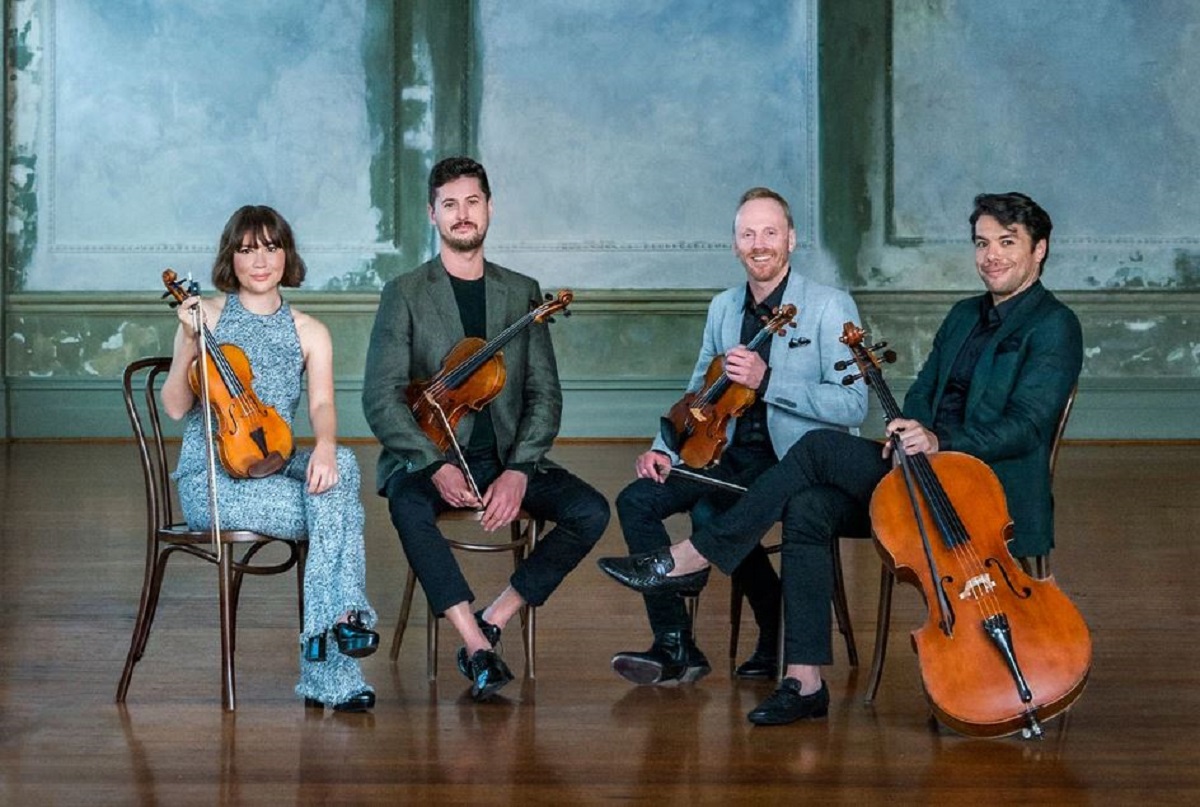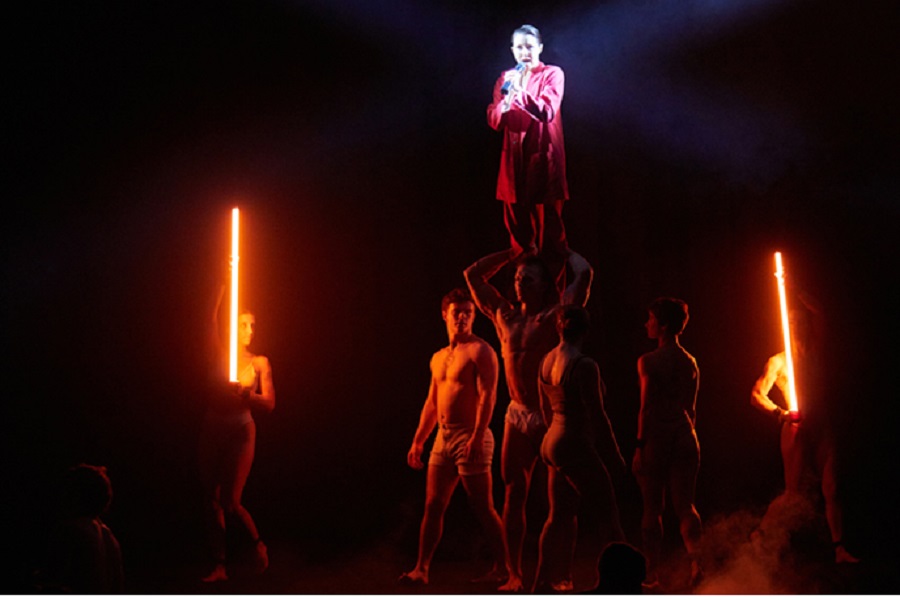
Music / “Utopias”, Australian String Quartet. At Gandel Hall, May 14. Reviewed by FELIX HUBER.
PERFORMING three works on the theme of utopias, the Australian String Quartet delivered a stellar concert rich with emotion and excitement.
The choice to stage such a high-profile performance in the middle of the afternoon seemed unusual at first, but once inside the National Gallery’s Gandel Hall the reasoning behind the decision became clear. Natural light flooded the hall through the great glass doors at its rear, from which the vivid colours of a Canberra autumn could be seen peeking through the evergreens of the gallery’s surrounding foliage. It was hard to imagine a more perfect environment for a utopian-themed string quartet performance.
The first piece of the performance was British composer Thomas Adès’ “Arcadiana”. Composed in 1994, its seven movements each detail a different vision of paradise. The players masterfully wove together the shrill harmonics, sighing glissandos and organic pizzicatos that the work used to illustrate the utopias of its first five movements.
Time stopped as the sixth movement, “O Albion”, was reached. Setting itself apart from the preceding movements due to its far more straightforward and tonal compositional style, this movement played puppet with the heartstrings, gently tugging with each rise and fall. Hearing it performed with such evident passion and care by these four capable musicians was a powerful reminder of what music is capable of. Closing with the reflective, cello led final movement “Lethe”, the piece gently wound down from this emotional high, fading into oblivion.
This was followed by a performance of Mozart’s “String Quartet No.15” in D minor. Within the sunlit hall, the perfect interweaving melodies of this work were especially quaint, culminating in a distinctly utopian listening experience. With rich dynamics and intensely lyrically playing, the players breathed new life into the piece to the effect that the 240-year-old work did not sound out of place amongst the far more contemporary works surrounding it.
The final piece played was Dmitri Shostakovich’s “String Quartet No.9” which, composed under the oppressive regime of Soviet Russia, gave the performance a much darker tone. With each of the work’s five movements flowing into the next without stopping, this piece was a thrilling ride from start to finish.
The almost mechanical alternating notes and rhythms of the accompaniment gave the work a very industrial feel, complementing the dark, icy melodies well. The players did not shy away from digging into the strings during heavier sections, resulting in harsh barking tones which greatly elevated the performance. Finishing with an electric climax, this was a very exciting finish to the magnificent program.
Who can be trusted?
In a world of spin and confusion, there’s never been a more important time to support independent journalism in Canberra.
If you trust our work online and want to enforce the power of independent voices, I invite you to make a small contribution.
Every dollar of support is invested back into our journalism to help keep citynews.com.au strong and free.
Thank you,
Ian Meikle, editor








Leave a Reply